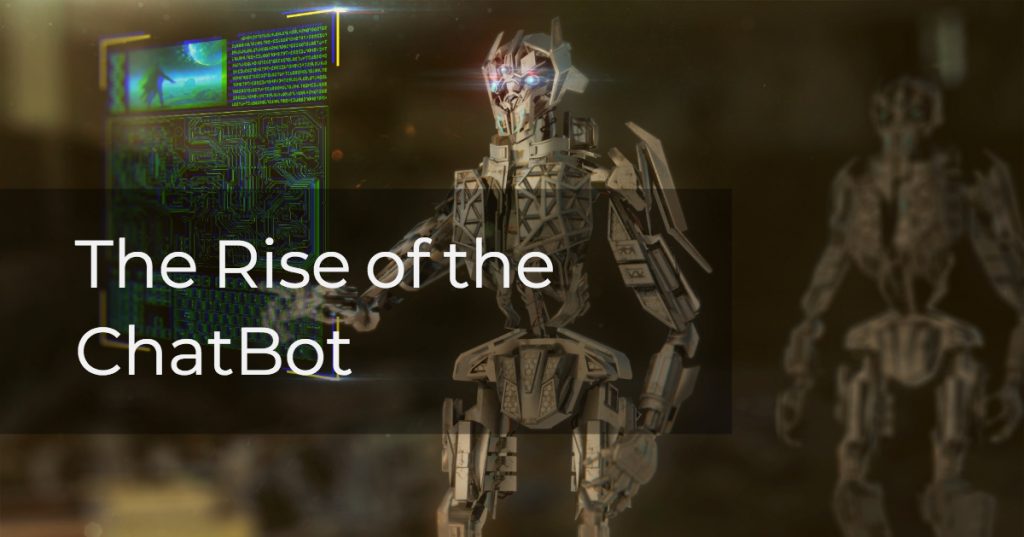Along with the unmissable Cookie Notice & Privacy pop up, the rise of the ChatBot has been hard to miss on the web in 2018. In our first blog for #blogmas 2018, we put the ChatBot in our top five trends for the past year, and there’s every reason to see this continue through 2019 and beyond.
At first the offer to chat on a website, as a support feature, can seem a little intrusive. A further reminder maybe, that our every move and click online is being tracked. But once you get over that concern, and occasionally even use these services, it hopefully becomes more clear as to how they could be useful when used in the correct way.

Some online chat support is still operated by a live person, and more technical enquiries are often handled this way. But increasingly these services are being replaced by an automated support ‘bot’, that has been programmed to give defined answers to a range of commonly-asked questions. These bots, or ChatBots, are fed questions and answers, and using Artificial Intelligence algorithms, are ‘trained’ to respond to a wide variety of input.
Currently it’s relatively easy to spot the difference between a ChatBot and a real support person, but as time goes by the difference is going to be hard to spot. As we move through 2019, many companies are looking to use the AI tool as a way of increasing engagement on their website. Remember that all dialog is stored, analysed and in turn educates the ChatBot through machine learning. This circle of learning means that what currently seems quite a crude tool, will over the next few years become increasingly sophisticated.
With the release of AI tools such as Google’s DialogFlow, creating a ChatBot is becoming relatively straightforward. Maybe the question is not should we use these tools, but when do we start?
